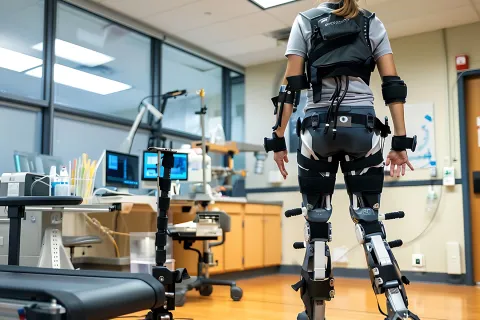
Software as a Medical Device (SaMD) is an emerging category of medical devices that has been experiencing rapid growth in recent years. This category of devices includes medical device software applications designed for medical purposes, such as diagnosis, disease prevention, treatment, and monitoring.
The Government of Japan has been actively enhancing the Regulatory review process for medical devices, particularly for standalone medical device software or SaMD. The Japanese Ministry of Health, Labour, and Welfare (MHLW) has recently released a guidance outlining the criteria for identifying SaMD programs. The guidance provides various examples of medical device software used in healthcare settings, offering valuable insights for businesses, healthcare professionals, software developers, and Regulatory affairs experts. The notification serves as a crucial resource for individuals or organizations involved in medical device development and distribution.
Programs under the Category of SaMD
Category 1
Category 1 includes programs that display candidate diseases and the risk of having a disease based on the input information. This category includes patient assessment software that come with the intended use, which enables them to assess candidate diseases, and to some extent, predict the possibility of occurrence of a certain disease. It is divided into the following three (03) types:
- Programs that assess a patient’s current condition.
- Programs that assess a patient’s current condition and predict the future condition as well.
- Programs that conduct predictive assessment of a patient’s future condition.
Programs that Conduct Assessment of a Patient’s Current Condition
- An image analysis program that uses mathematical algorithms to assess skin lesions and offers risk evaluation results.
- A proprietary algorithm-based program that interprets user-entered headache symptoms, and based on that, suggests potential diseases and migraine classifications.
- By utilizing patient data like “signs of atrial fibrillation,” this program alerts users about potential illnesses and urges seeking medical attention.
- By examining cytological slide images, this program identifies possibilities of diseases through analysis results.
Patient Evaluation Software Programs that Conduct Assessment of a Patient’s Current and Future Conditions
- A program that analyzes the results of tests on the subject’s cognitive function or motion, as obtained from the subject’s video.
- By utilizing an undisclosed proprietary algorithm, the program analyzes behavioural and other factors of the subject to determine the current presence or future likelihood of dementia or Mild Cognitive Impairment (MCI).
- It also assesses the risk of developing the above conditions, while additionally identifying pathological movements and symptoms from the subject’s videos, which would aid in further medical evaluation.
Patient Assessment Software Programs that Conduct Predictive Assessment of a Patient’s Future Condition
- An application that computes and presents the likelihood of the user experiencing future diseases like cancer or diabetes. This is based on input data such as health checkup results.
- For a multifactorial disease like diabetes, if the program indicates individual disease possibilities and associated risks, it is intended for diagnosis and would be categorized as a medical device software.
Category 2
This category includes programs that create indicators, images, graphs, etc., for use in medical treatment. Some of the key examples of such programs include:
- Software that displays diagnostic images on general computers for diagnosis purposes (excluding medical record storage).
- Programs that aid in lesion detection (Computer-aided Detection [CADe]) by processing images and test data, highlighting potential abnormal areas.
- Enhanced CADe programs that provide quantitative data for lesion characterization and disease progression assessment.
- Innovative patient evaluation software that displays indicators like diabetes from medical device data or patient videos.
- Software processing multi-device examination data that reveal diagnostic insights like tissue structure correlations.
- Programs that connect to monitors, analyzing physiological signals and issuing alerts based on a patient’s status.
- Programs that process image data for diagnostic reviews and remote diagnosis on central monitors.
By adhering to the above-mentioned guidelines, developers can ensure that their patient evaluation software programs meet the required Pharmaceuticals and Medical Devices Agency (PMDA) Regulatory approval standards and are both safe and effective for use in medical settings.
If you are a medical device manufacturer seeking assistance in obtaining medical device approval in Japan, reach out to our team of experts for essential guidance, and in turn, ensure market access for your medical devices.









